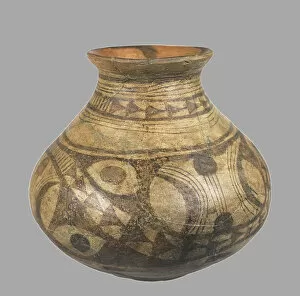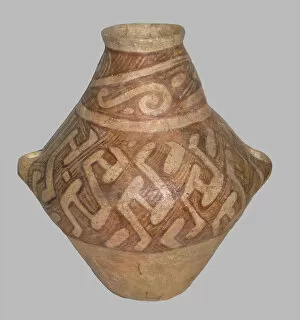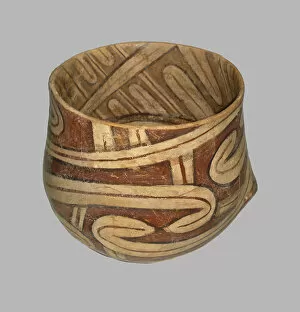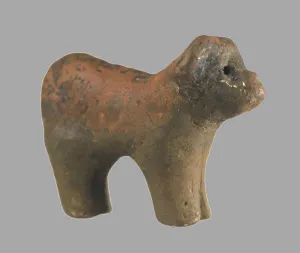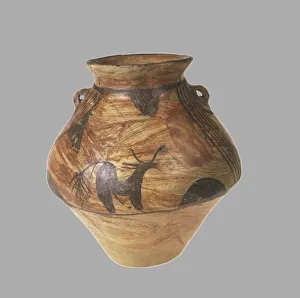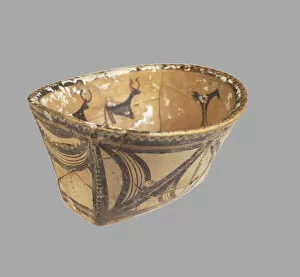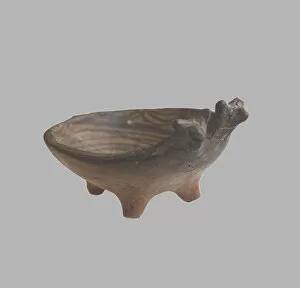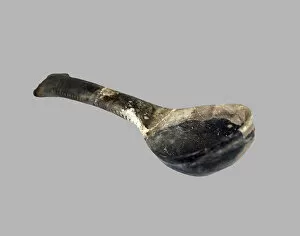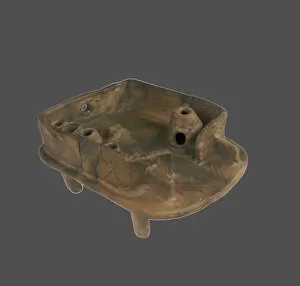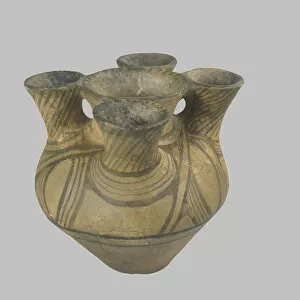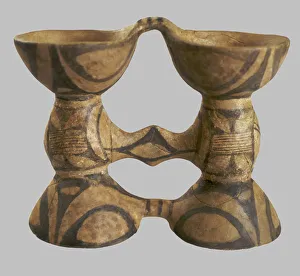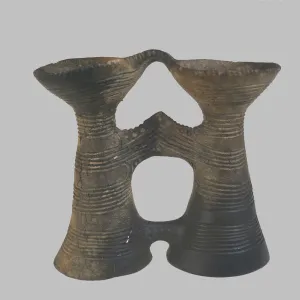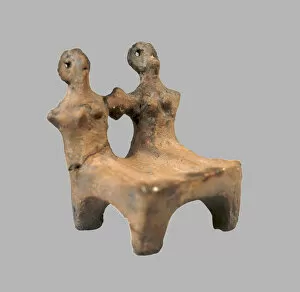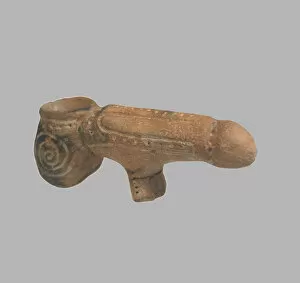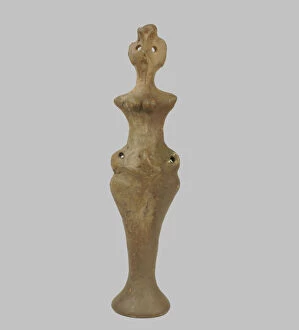Prehistoric Russian Culture Collection
"Unveiling the Enigmatic Prehistoric Russian Culture
All Professionally Made to Order for Quick Shipping
"Unveiling the Enigmatic Prehistoric Russian Culture: A Glimpse into Ancient Artifacts" Step back in time to explore the captivating world through a collection of remarkable artifacts. These ancient treasures, created by anonymous artists, offer us a fascinating window into the rich and mysterious past. Among these relics is an exquisite amphora from the 4th millennium BC. Its delicate craftsmanship showcases the skilled hands of its creator, revealing their deep understanding of form and design. This vessel transports us to a time when art was not just functional but also an expression of cultural identity. Another vessel, dating back to 3800-3600 BC, captivates with its intricate patterns and motifs. The artist's attention to detail is evident as we marvel at each brushstroke that adorns this masterpiece. It serves as a testament to the sophisticated artistic sensibilities prevalent during this era. Zoomorphic elements take center stage in many works from prehistoric Russia. A statuette depicting a dog symbolizes man's connection with nature and his reverence for animals. Meanwhile, an amphora adorned with zoomorphic paintings reveals ancient beliefs intertwining humans and beasts in spiritual harmony. The diversity within this culture's artistic repertoire becomes apparent through various vessels like bowls and goblets. From oval bowls crafted in the 4th millennium BC to zoomorphic bowls showcasing animalistic features from 3800-3600 BC, each piece tells its own story about daily life or perhaps even rituals performed by our ancestors. One particularly intriguing artifact is a zoomorphic statuette equipped with wheels—a testament to early engineering prowess combined with imaginative creativity. Such ingenuity hints at advanced knowledge possessed by these ancient artisans who sought innovation even thousands of years ago. Lastly, we encounter a mortar that stands as both utilitarian tool and work of art simultaneously—an embodiment of practicality merged seamlessly with aesthetic beauty within prehistoric Russian culture.


